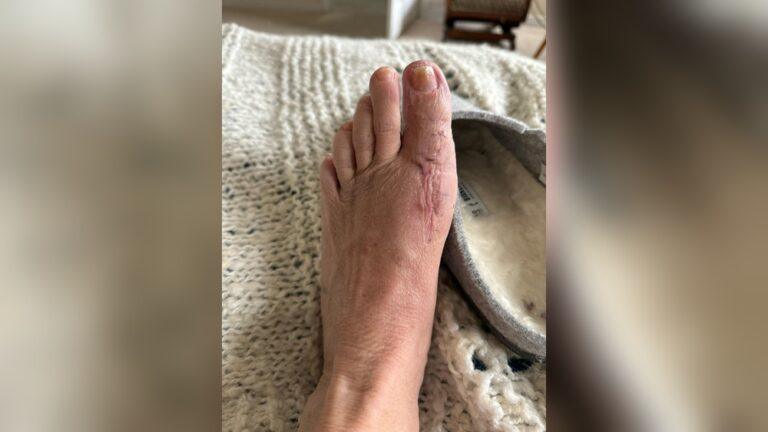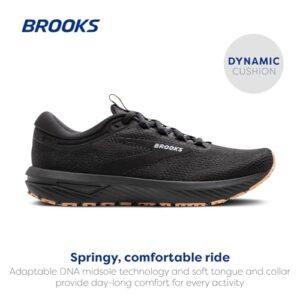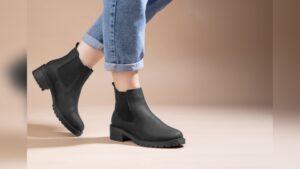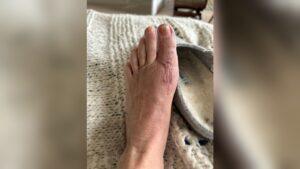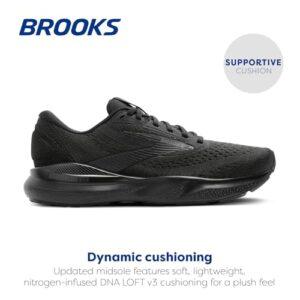Recovering from bunion surgery can feel overwhelming, especially when it’s time to start walking again with a walking boot. You might be wondering how to move safely without causing pain or setbacks.
The good news is, with the right techniques, you can regain your mobility while protecting your foot. You’ll discover simple, step-by-step tips on how to walk confidently in your walking boot after bunion surgery. Whether you’re just starting your recovery or looking for ways to improve your balance and comfort, these practical strategies will help you take each step with ease.
Keep reading to learn how to walk properly, avoid common mistakes, and speed up your healing process. Your journey to pain-free walking starts here.
Walking Boot Basics
Walking boots play a key role after bunion surgery. They protect your foot and help healing. Understanding their use makes recovery easier. This guide explains the basics to help you move safely with a boot.
Purpose After Bunion Surgery
The walking boot supports your foot after surgery. It limits movement to protect the bunion repair. The boot also reduces pain by keeping pressure off the foot. It helps keep your foot stable during healing. Wearing it correctly speeds recovery and prevents further injury.
Types Of Walking Boots
Walking boots come in several types. Some have a rigid frame for strong support. Others are softer for comfort and light protection. Some boots include adjustable straps for a better fit. Your doctor will suggest the best type for your recovery stage. Each boot design aims to protect and support your foot well.
When To Start Walking
Walking usually begins after your doctor clears you. Some patients start walking in the boot the same day. Others wait several weeks to avoid stress on the foot. Follow your doctor’s advice on when to put weight on your foot. Start with short walks and increase slowly to avoid pain or damage.
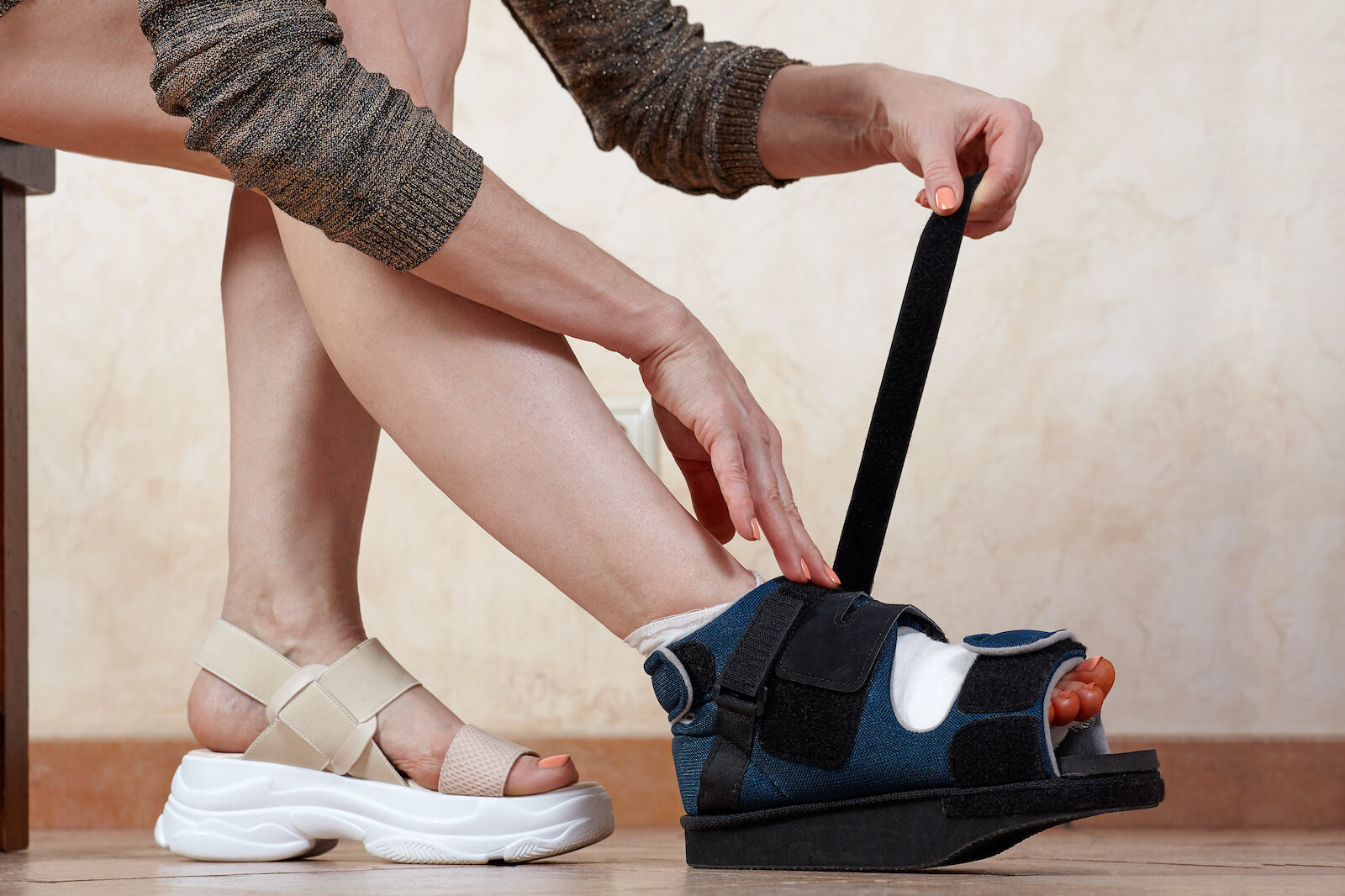
Credit: www.snugsafe.com
Proper Walking Technique
Learning the proper walking technique after bunion surgery is vital for a smooth recovery. Wearing a walking boot changes how your foot moves. This means you need to adjust your steps to avoid pain and support healing. Using the right method helps you walk safely and comfortably.
Using The Rocker Bottom
The walking boot has a curved sole called a rocker bottom. This design helps your foot roll forward easily. Start each step by landing on your heel. Then let the boot roll your foot forward to the toes. This motion reduces pressure on the bunion area and prevents sharp pain.
Heel-to-toe Motion
Walk with a smooth heel-to-toe motion. First touch the ground with your heel. Then slowly roll your weight forward to the ball of your foot and toes. Avoid dragging your foot or stepping flat. This helps keep your balance and protects your healing foot.
Controlled Step Length
Take smaller steps than usual. Controlled, shorter steps improve stability. Long strides may cause you to lose balance or put too much weight on your foot. Focus on steady, deliberate movements. This lowers the risk of falls and speeds up recovery.
Body Alignment Tips
Keep your body upright as you walk. Look straight ahead, not down at your foot. Align your hips, knees, and feet in a straight line. Avoid leaning to one side or twisting your body. Good posture reduces strain and helps you move naturally in the boot.
Stability And Comfort
Stability and comfort are key to walking safely after bunion surgery. A walking boot helps protect your foot and supports healing. Comfort reduces pain and allows better movement. Stability prevents falls and uneven pressure on your foot. Focus on how to fit and use the boot properly. Small steps and correct posture improve your balance. Here are important tips to keep stable and comfortable.
Securing The Boot Fit
Make sure the boot fits snugly but not too tight. Adjust the straps evenly from top to bottom. Check for any gaps between your foot and the boot. A loose fit can cause slipping and discomfort. Tighten the straps to hold your foot steady. Avoid over-tightening to prevent cutting off circulation. Wear a clean sock to reduce friction inside the boot. Proper fit supports your foot and improves walking ease.
Core Engagement
Use your core muscles to keep balance while walking. Tighten your stomach and lower back muscles gently. This support helps control your body movement. A strong core reduces strain on your injured foot. Stand tall and avoid leaning forward or backward. Engaging your core improves posture and stability. Practice standing and slow walking to build core strength. This step helps prevent falls and speeds up recovery.
Using Mobility Aids
Crutches or a walker can help you stay balanced. Use them as instructed by your doctor or therapist. Place your weight on the aids, not the injured foot. Move the aids forward first, then step with your boot. Keep your arms straight and shoulders relaxed. Avoid rushing to prevent slipping or falling. Mobility aids reduce pressure on your foot. They give you confidence and improve comfort while walking.
Maintaining Hip Level
Keep your hips level to avoid extra stress on your foot. Avoid tilting or dropping one side while walking. Check your posture in a mirror if possible. Use a cushion or padding inside the boot to balance height differences. Uneven hips cause pain in the back and legs. Walk slowly and focus on even weight distribution. Proper hip alignment helps maintain stability and comfort during recovery.
Common Mistakes To Avoid
Walking in a walking boot after bunion surgery requires care and attention. Avoiding common mistakes helps protect your foot and speeds recovery. Pay close attention to your movements and the signals from your body.
Many people make simple errors that cause pain or slow healing. Understanding these mistakes can keep your recovery on track. Here are the most common ones to avoid.
Overloading The Injured Foot
Putting too much weight on your injured foot can cause damage. The boot helps support your foot but does not make it invincible. Take weight off as much as your doctor advises. Use crutches or a walker if needed. Overloading delays healing and increases pain.
Improper Stride
Walking with a wrong stride puts pressure on the wrong areas. Avoid taking long or uneven steps. Use a gentle heel-to-toe motion with the boot’s rocker sole. Keep your steps short and controlled to maintain balance. This reduces strain on your foot and helps you walk safely.
Ignoring Pain Signals
Pain is your body’s way of warning you. Do not ignore it or push through pain. Stop walking and rest if you feel discomfort. Consult your doctor if pain worsens or lasts long. Listening to pain helps prevent further injury and supports recovery.
Neglecting Boot Adjustments
Your walking boot needs proper fitting and adjustments for comfort. Loose or tight boots cause blisters or swelling. Check straps and padding regularly. Adjust the boot to fit snugly but not too tight. Proper boot care keeps your foot stable and reduces problems.
Additional Tips For Recovery
Recovering from bunion surgery requires patience and care. Following your doctor’s advice helps speed healing. Besides using the walking boot properly, some extra tips can improve your recovery experience. These tips protect your foot and keep you safe as you regain mobility.
Watching Your Surroundings
Always pay close attention to where you walk. Uneven surfaces and obstacles can cause falls. Avoid wet or slippery floors. Keep your path clear of rugs or cords. Use handrails when available. Taking these precautions reduces injury risks during recovery.
Gradual Weight Bearing
Start by putting light pressure on the foot in the boot. Increase weight slowly as comfort allows. Do not rush or push through pain. Gradual weight bearing helps the foot adjust and heal. Follow your doctor’s schedule for weight limits carefully.
Consulting Your Doctor
Keep regular appointments with your healthcare provider. Report any unusual pain, swelling, or changes immediately. Ask questions about your progress or concerns. Your doctor can adjust your treatment plan if needed. Staying in touch ensures safe recovery.
Foot Care And Hygiene
Keep your foot clean and dry inside the boot. Check the skin daily for redness or sores. Change socks often to avoid moisture buildup. Do not insert anything inside the boot without advice. Cleanliness prevents infection and promotes healing.

Credit: www.3dbuniondoc.com
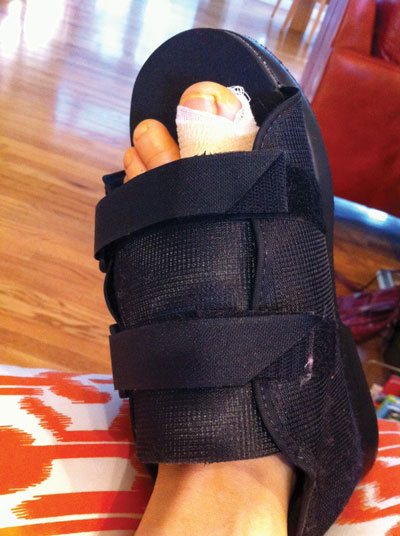
Credit: mikecenter.org
Frequently Asked Questions
What Should You Not Do In A Walking Boot?
Avoid walking barefoot or removing the boot prematurely. Do not put full weight on the injured foot without doctor approval. Avoid uneven surfaces and rapid movements. Do not loosen the straps or ignore pain while walking in the boot. Follow medical advice strictly for proper healing.
When Can I Start Walking In My Boot After Bunion Surgery?
You can start walking in your boot immediately after minimally invasive bunion surgery. For traditional surgery, wait about six weeks. Follow your surgeon’s advice for safe weight-bearing and healing.
How To Walk Correctly In A Walking Boot?
Walk using a heel-to-toe motion, letting the boot’s rocker bottom guide your step. Keep feet and knees straight, take short controlled strides, and maintain an upright posture. Secure all straps snugly and use a shoe lift on the opposite foot if needed for balance.
Is It Okay To Walk In A Walking Boot Without Crutches?
Walking in a boot without crutches depends on your injury and doctor’s advice. Avoid full weight-bearing until allowed. Use crutches to reduce pressure and improve stability as needed. Always follow your healthcare provider’s instructions for safe recovery.
Conclusion
Walking in a boot after bunion surgery takes practice and care. Start slowly and keep your steps steady and controlled. Use the rocker bottom to help roll your foot naturally. Stand tall and keep your injured foot straight to avoid extra pain.
Always follow your doctor’s advice for the best healing. With patience, your walking will improve each day. Take your time, and soon you will feel more comfortable moving around. Recovery is a step-by-step process, and your boot supports you all the way.

Madison Clark is a footwear expert and the voice behind MyStyleGrid.com. She specializes in honest shoe reviews, style tips, and practical guides to help readers find the perfect pair for any occasion. With years of experience in blogging and content creation, Madison makes footwear knowledge simple, stylish, and easy to follow.

